Entrepreneurship is as much about mindset as it is about innovation and execution. While passion, vision, and perseverance are often celebrated, a less discussed—but equally critical—aspect of entrepreneurial success is self-awareness, particularly regarding behavioural biases in entrepreneurship. These are subconscious tendencies that can cloud judgment and influence decision-making in ways that are not always rational.
Understanding and mitigating behavioural biases in entrepreneurship can mean the difference between thriving and failing in the unpredictable world of business. Below, we explore five common cognitive biases affecting business decisions, along with real-world examples of how these biases can shape entrepreneurial outcomes.
One of the most prevalent behavioural biases in entrepreneurship is overconfidence—the tendency to overestimate one’s skills, knowledge, or chances of success. This bias can lead entrepreneurs to take unnecessary risks or ignore potential red flags.
Entrepreneurs—often visionaries driven by passion—are especially prone to this bias. While confidence is necessary to start and scale a business, overconfidence can lead to unrealistic expectations, underestimation of risks, and inadequate planning.
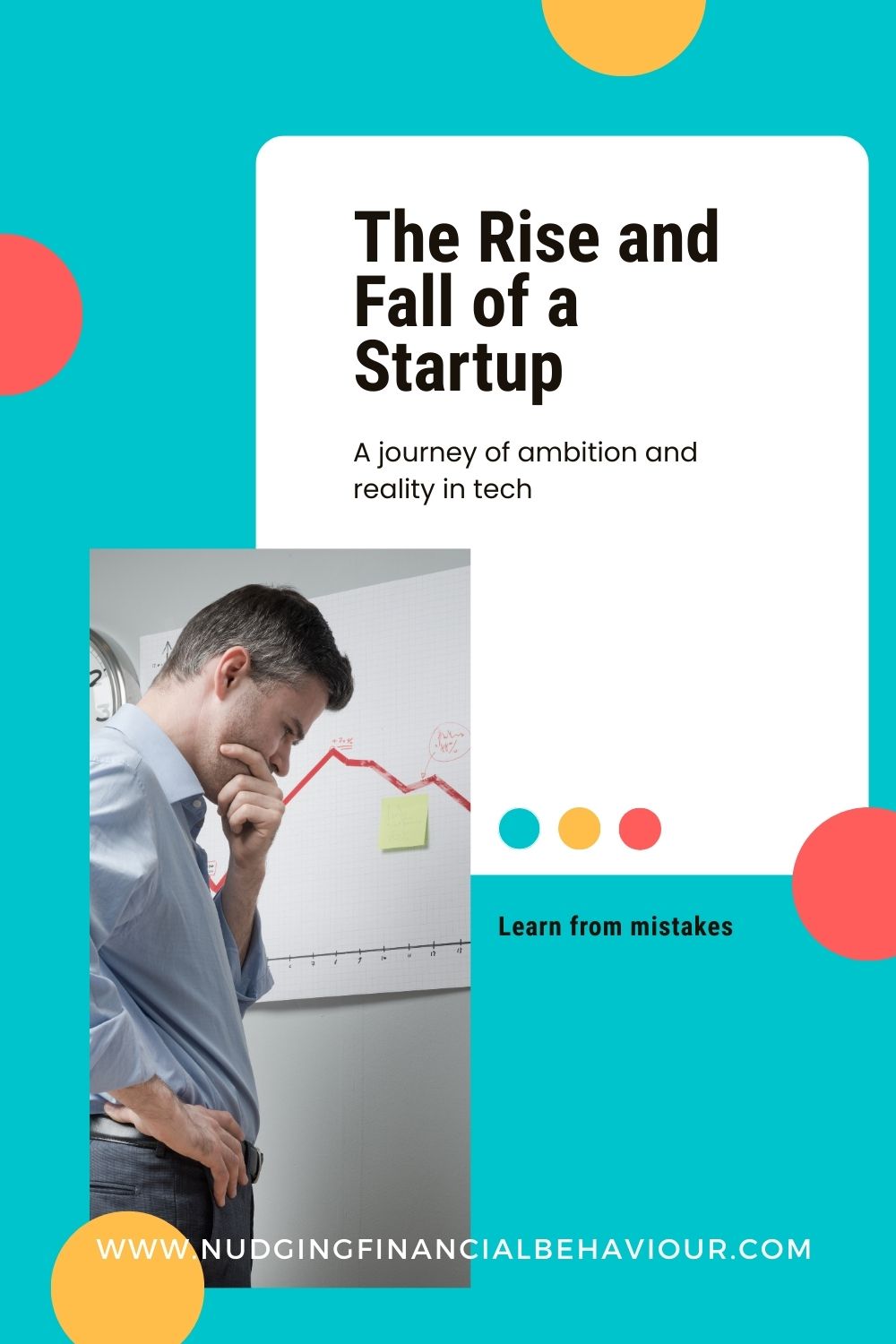
A practical example: Consider the case of a first-time tech entrepreneur launching a mobile app aimed at simplifying online grocery shopping. Confident in their sense of the market and encouraged by friends who praise the concept, the founder decides to skip thorough user research and doesn’t bother creating a basic test version of the app to gather early feedback. Instead, they invest $200,000 into building a fully-featured app and launching a flashy marketing campaign. The result? The app flops. Users complain about technical glitches, a confusing and frustrating interface, and the app’s failure to connect with local grocery stores. With their funds exhausted and no clear demand for the product, the startup shuts down within eight months. This case underscores the need to counter overconfidence with strategic thinking for small businesses.
Key takeaway: Overconfidence can blind entrepreneurs to the value of incremental validation and user feedback. Building humility into the process—via lean startup principles, user testing, and external validation—can curb this bias and create a safer runway for innovation.
You can’t manage what you don’t measure.
Loss aversion is another common behavioural bias in entrepreneurship. It refers to the psychological tendency to fear losses more than we value equivalent gains. This bias can lead to excessive caution and missed opportunities—especially problematic in entrepreneurship, where calculated risks are essential to growth.
A practical example: Imagine an entrepreneur running a mid-sized printing business. She is presented with a chance to digitize her operations by investing in AI-powered software that could reduce costs by 30% over two years. Despite the long-term benefits, she balks at the $50,000 upfront cost, focusing more on the immediate loss of cash flow than the potential for increased profitability. A competitor who does make the investment quickly gains an edge, offering lower prices and better service. Within two years, the owner’s loss aversion in entrepreneurship prevents strategic evolution and results in reduced market share.
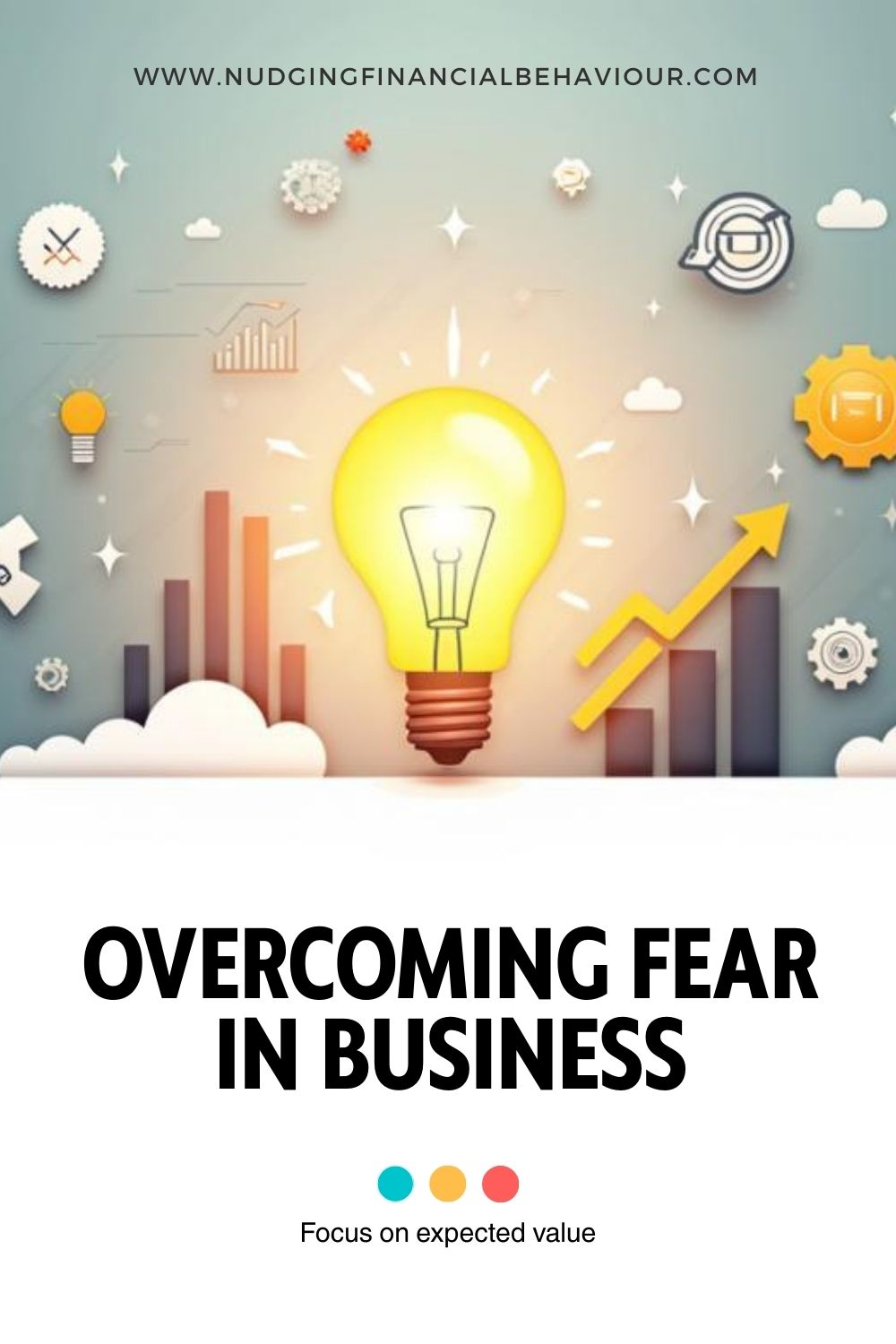
Key takeaway: The fear of short-term loss can paralyze strategic thinking. To mitigate this, entrepreneurs should focus on expected value rather than just worst-case outcomes. Scenario analysis, ROI modeling, and talking to other adopters of similar innovations can help shift perspective from fear to informed foresight.
The sunk cost fallacy is the inclination to continue a project due to already-invested resources, even when future returns are doubtful. Among the most damaging cognitive biases in small business, it often stems from emotional attachment or the fear of failure.
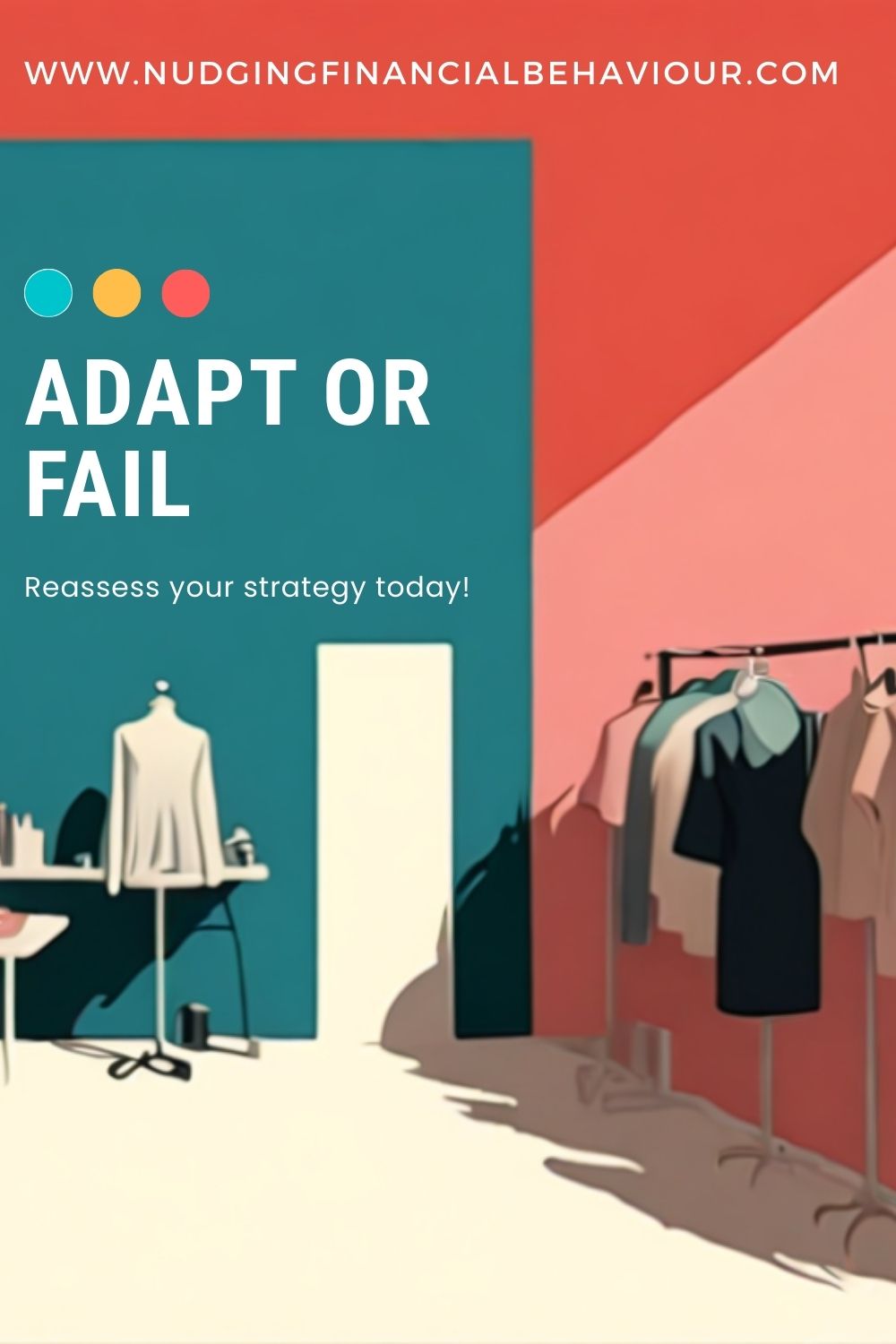
A practical example: A fashion entrepreneur launches a new line of eco-friendly activewear. Early on, marketing fails to generate significant traction, but instead of pausing to reassess, she doubles down—believing the market just “hasn’t caught on yet.” She hires influencers, runs costly ad campaigns, and restocks inventory based on the original forecast. Six months later, warehouse shelves are full of unsold merchandise, customer acquisition costs are skyrocketing, and cash reserves are nearly exhausted. This bias affecting entrepreneurial decisions leads to financial strain and lost opportunities.
Key takeaway: Sticking with a failing initiative simply because of past investments can drain resources and morale.
Regularly scheduled project reviews and decision checkpoints can help entrepreneurs stay objective and pivot when necessary.
Confirmation bias is the tendency to seek, interpret, and remember information that confirms our pre-existing beliefs, while dismissing or undervaluing evidence that contradicts them. As a key bias impacting entrepreneurship, it can severely impair learning, especially in dynamic markets where adaptability is critical. This can stifle innovation and lead to poor strategic choices.
A practical example: A small business owner develops a new software program designed to help law offices manage their day-to-day operations, such as scheduling, billing, and document tracking. He’s convinced that small law firms are the perfect customers for this product. After launching, however, feedback from early users in that group is lukewarm. Many complain that the price is too high and that the software doesn’t work well with other tools they already use. Despite this, the owner focuses only on the handful of positive comments and dismisses suggestions from legal industry experts who recommend targeting slightly larger firms instead. Months pass with little growth, and eventually, a competitor enters the market with a version tailored specifically for mid-sized firms—quickly gaining traction and leaving the original product behind.
The most dangerous poison is the feeling of achievement. The antidote is to, every evening, think what can be done better tomorrow.
Key takeaway: Confirmation bias can create echo chambers within leadership teams. To counteract it, entrepreneurs should proactively seek dissenting opinions, conduct blind user research, and set up metrics-based systems for testing assumptions.
Decision-making frameworks like the “red team” approach can also be valuable. In this method, a separate group—often made up of team members or external advisors—is assigned the specific role of challenging the current plan or belief. Their goal is to poke holes in the logic, surface blind spots, and offer alternative perspectives. This kind of structured criticism helps leaders see weaknesses they might otherwise overlook, leading to more balanced and informed decisions.
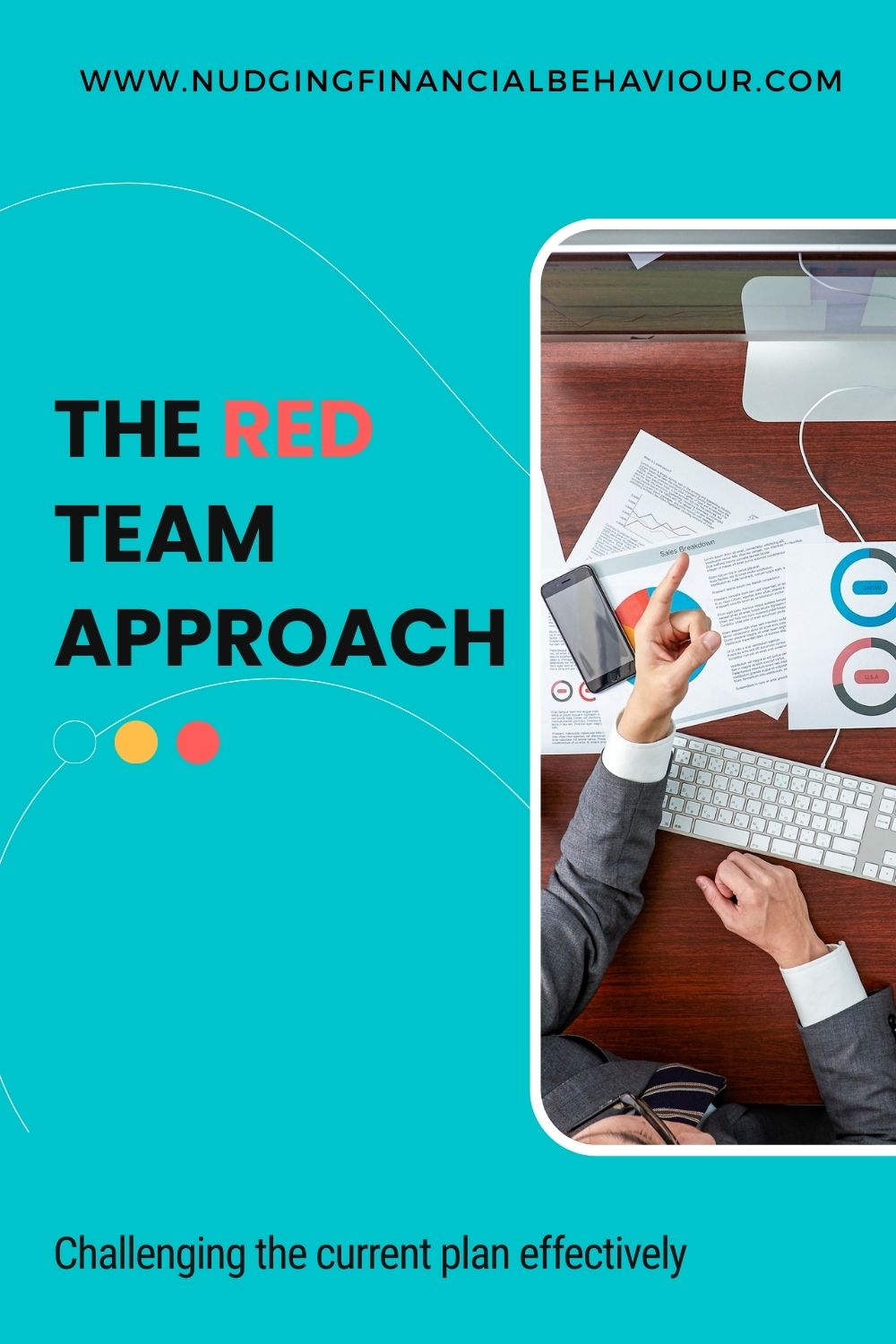
The illusion of control is the mistaken belief that one can influence outcomes that are largely governed by chance or external forces. This is one of the more subtle yet destructive behavioural biases in entrepreneurship. Entrepreneurs often fall into this trap when they believe that hard work and smart strategy alone can overcome macro-level challenges. For entrepreneurs, this can lead to poor risk management and planning.
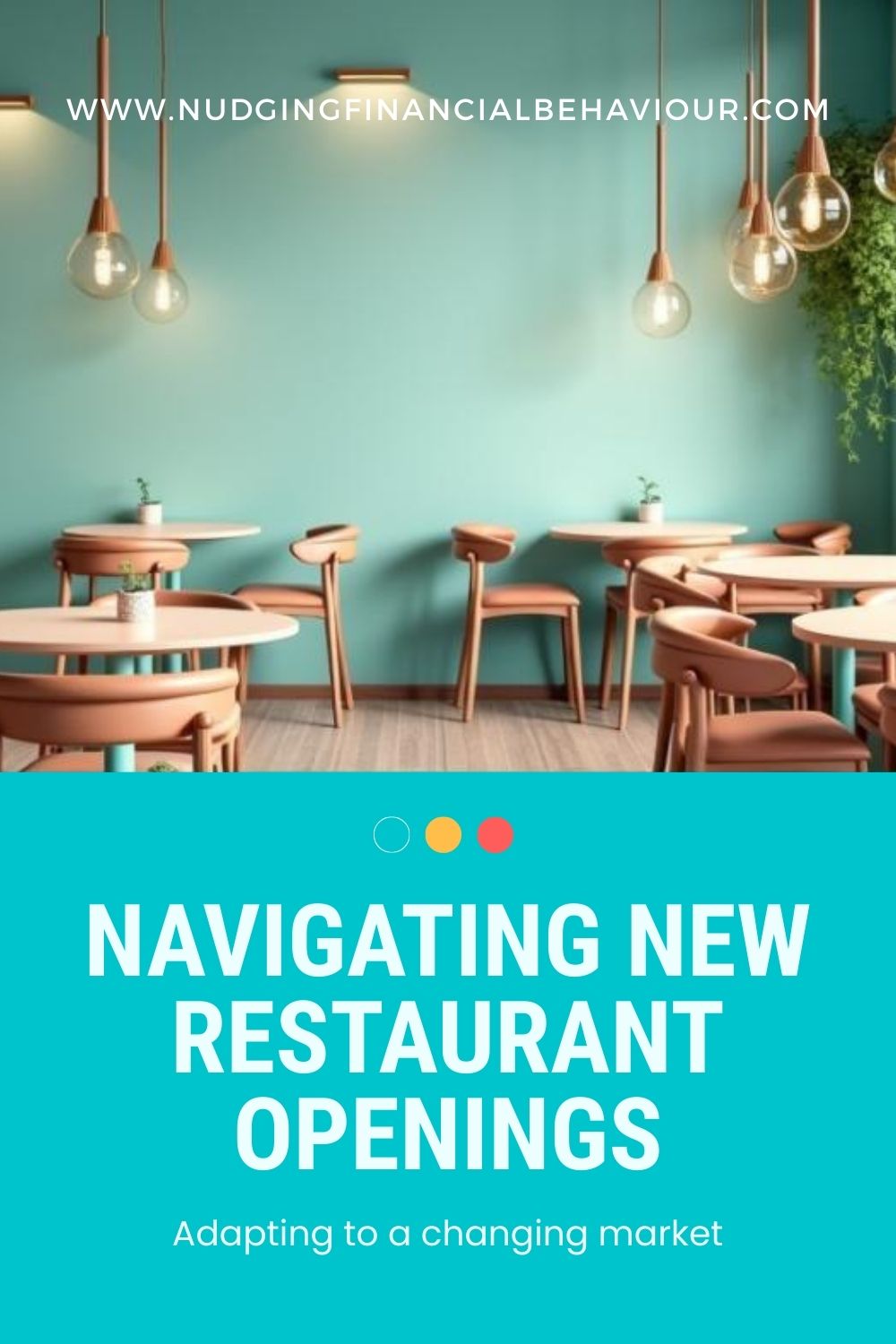
A practical example: A seasoned restaurateur decides to expand by opening three new locations within a year, confident that his proven management model and hands-on approach will ensure success. He underestimates the impact of broader trends—rising food costs, labor shortages, and a shift toward delivery-only dining post-pandemic. Despite his best efforts, two of the new restaurants struggle due to location-specific issues and changing consumer behavior. The illusion of control led him to neglect broader economic and industry signals.
Key takeaway: Believing in one’s ability to control the uncontrollable can result in poor risk management. Entrepreneurs should distinguish between internal levers (like operations and leadership) and external forces (like regulatory changes or macroeconomic shifts).
Tools such as PESTEL analysis (Political, Economic, Social, Technological, Environmental, and Legal) and regular market scanning can help maintain a grounded perspective.
The first principle is that you must not fool yourself — and you are the easiest person to fool.
Understanding behavioural biases in entrepreneurship isn’t just an academic exercise—it’s a practical toolkit for sharper decision-making.
It’s important to recognize that some of these biases, while potentially harmful, can also drive innovation and resilience. Overconfidence may lead to bold ideas. Optimism, even if slightly irrational, can help entrepreneurs persist through setbacks. The key is to balance this drive with critical thinking and informed decision-making.
By recognizing and counteracting these five entrepreneurial decision-making biases—overconfidence, loss aversion, sunk cost fallacy, confirmation bias, and illusion of control—entrepreneurs can make smarter choices, use resources more wisely, and improve their odds of long-term success.
In a world where uncertainty is the only certainty, the greatest asset any entrepreneur can develop is not just vision—but self-awareness. Share on XShare your answers in the comments below.
I am passionate about helping people understand their behaviour with money and gently nudging them to spend less and save more. I have several academic journal publications on investor behaviour, financial literacy and personal finance, and perfectly understand the biases that influence how we manage our money. This blog is where I break down those ideas and share my thinking. I’ll try to cover relevant topics that my readers bring to my attention. Please read, share, and comment. That’s how we spread knowledge and help both ourselves and others to become in control of our financial situations.

Dr Gizelle Willows
PhD and NRF-rating in Behavioural Finance
[user_registration_form id=”8641″]
“Essentially, all models are wrong, but some are useful.” – George E.P. Box
Receive gentle nudges from us:
